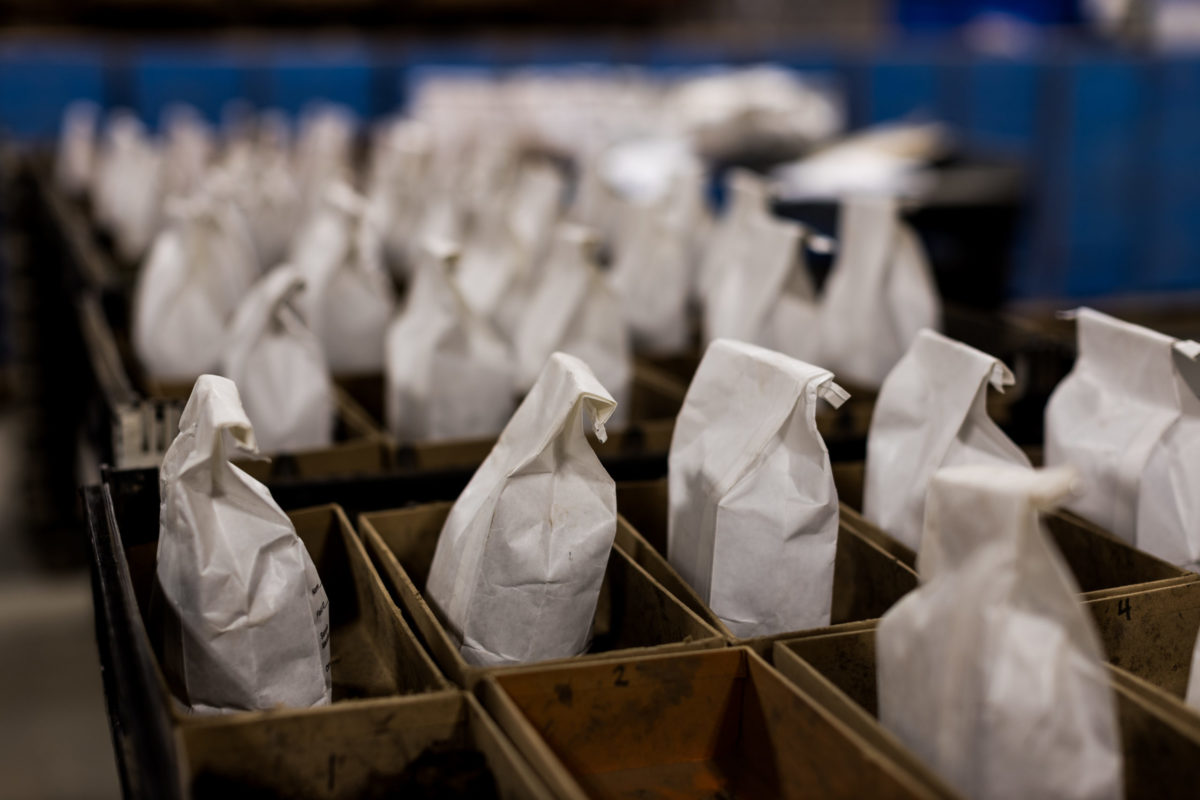Are Your Crop Fields In Need Of Sulfur?
Soil sample data collected by AgSource’s agronomy laboratories has shown a decline in the amount of sulfur found in soil. There’s a good chance your fields could use a boost. This fall, consider a sulfur add-test in addition to your routine soil analysis with AgSource Laboratories.
Crop removal
Alfalfa and corn silage can remove more sulfur from the soil in a year than a corn grain crop, so it’s important to understand plant uptake and availability of sulfur for demanding crops.
Fields to focus on first for a sulfur add-test:
- Fields with sandy soils
- Fields with organic matter less than 4%
- Fields that have not received manure in the last two years
- Fields going in to high, sulfur-demanding crops like: alfalfa, corn silage, canola, cabbage, onions, sorghum-sudan and tomatoes

Meeting sulfur crop needs
A combination of soil testing with a sulfur add-test and in-season plant tissue tests are key to understanding sulfur availability and needs in the field and crop.
If sulfur is needed, it is safer to apply closer to the time of plant uptake in early spring along with sidedress applications because sulfur is leachable, like nitrate. This is especially true for sandy soils.
Based on your lab results, typical corrective sulfur application rates will likely range from 10 to 20 lbs./acre for most cereal crops and 20 to 40 lbs./acre for forages like alfalfa and clover.
For more information on the importance of sulfur, visit our technical bulletin library, or get in touch with one of our agronomy experts.
